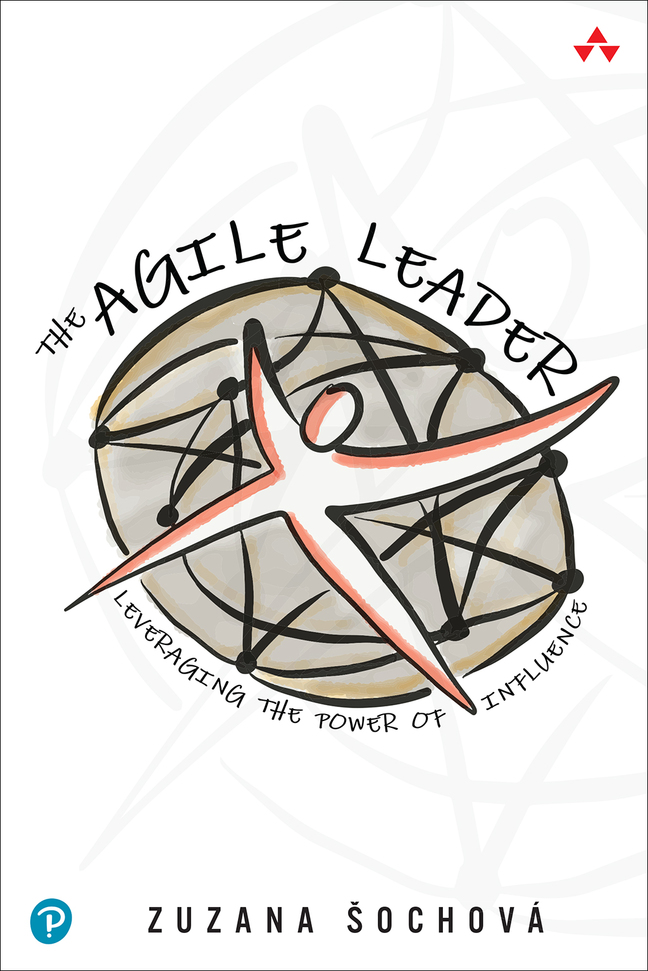To continue with the agile adoption story… John is sitting in his office, waiting for the measurements and results and looking forward to the great results of the new process called Scrum.
We can use just a few practices
But what happen in the team meanwhile. They started to read all the books and blogs, get known some theory. And get a few practices to follow: Standup meeting, Product Backlog, Sprint Backlog, Customer Demo, Retrospective, User Stories,… but what actually happen. The retrospective didn’t seem useful enough to be made part of their process as they know each other well and even if they have some problem they feel they are solving it right away. And, more than that, they have the lessons learnt. No one is learning from those, but they still believe they are useful. So why should they do any retrospective, right?
Making a Product Backlog is a strange thing as well, as the business people don’t have any time they can ever spent on such activity, their only concern is to get all they want to as fast as possible without the necessity to described it well in front. They are quite happy to hear the team is making a commitment and deliver all they promised on time. As a result of that, team is not willing to take any responsibility and prefer the technical tasks instead of user stories.
So finally Standup is the only one practice which preserved in the team. They meet every day, talking about what they had been doing, who they had been talking, but usually missing any day commitment and description of any finished work. As they don’t understand the reason of the followed Scrum practices, they don’t like them and felt the time is spent completely pointless. “The Scrum is just about meetings, we should better work than follow those useless practices“.
As the time goes, they abandoned most of the practices, but still they have those huge expectations of high efficiency, flexibility, improved customer satisfaction and team health. But apparently, no one of those can be seen within a team.
Finally, when John asked how the Scrum goes, he is surprised to hear that “Agile is not for us”. We are different, we have too complex product, we are too big/small to implement agile. Our customers are like this and that, and you know, agile is great, just for a different company.

 Learn more about transforming organizations, leadership, and culture with Agile & Enterprise Coaching. Check our Scrum and Agile training sessions on Sochova.com. Grab a copy of The Great ScrumMaster: #ScrumMasterWay book and The Agile Leader: Leveraging the Power of Influence book.
Learn more about transforming organizations, leadership, and culture with Agile & Enterprise Coaching. Check our Scrum and Agile training sessions on Sochova.com. Grab a copy of The Great ScrumMaster: #ScrumMasterWay book and The Agile Leader: Leveraging the Power of Influence book.
Disclaimer: All I write on this blog is purely personal and has no relation with any position I have, used to have or will have in the future.
